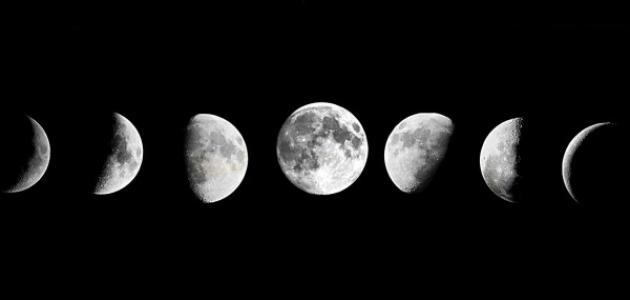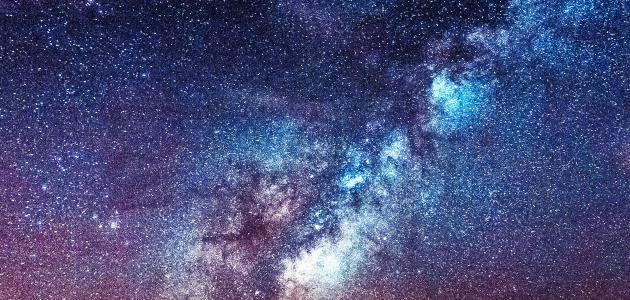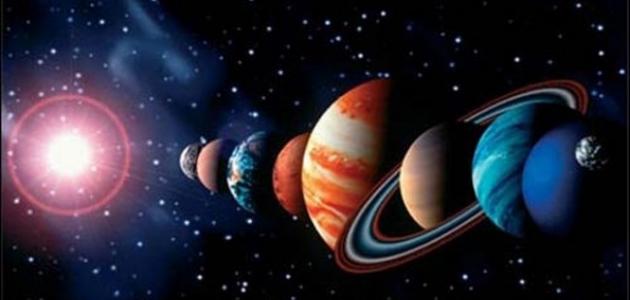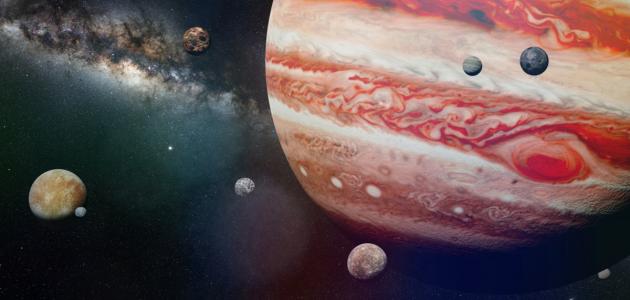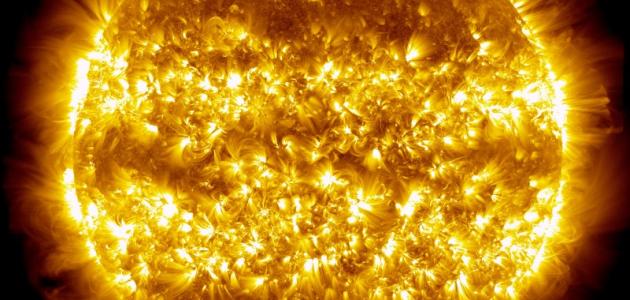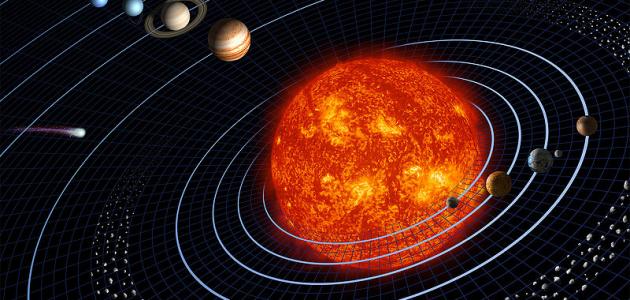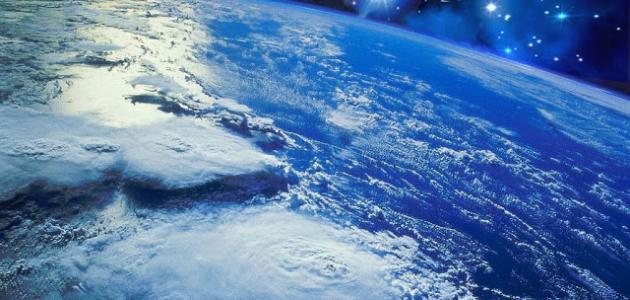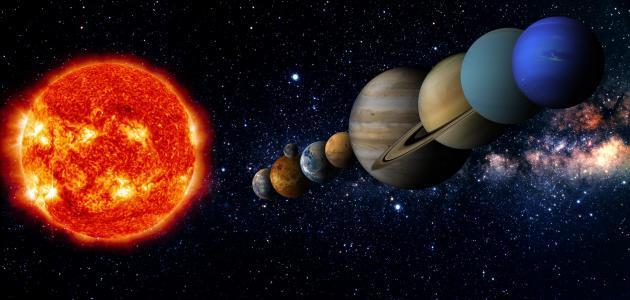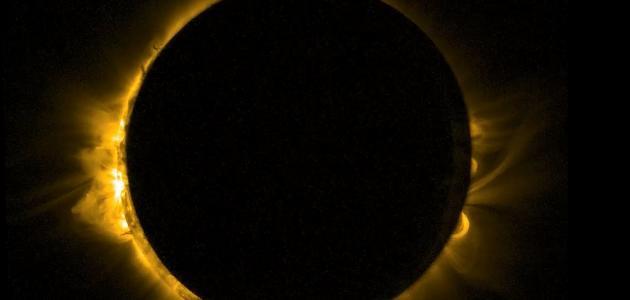An overview of the phases of the moon
The Earth's moon is the only moon that revolves around it, as it is 384,400 km away from it, and it is smaller in size than the Earth, as its width is less than a third of the Earth's width and its diameter is 1,737.5 km. Only one side of it can be seen, which is the side facing the earth, through the fall of sunlight on different parts of the moon’s surface and its reflection at different times, so the moon appears in different forms in the earth’s sky, forming the so-called lunar phases.
The lunar phase can be defined as the apparent part of the moon that can be seen from the earth depending on the amount of sunlight reflected from its surface, and the phase is named accordingly in addition to the amount of decrease or increase in the amount of the visible part that can be seen from the moon at that time. The phases of the moon throughout history as a kind of calendar, where the weeks were expressed by the number of days separating the main phases of the moon, which are seven days, and each lunar cycle represented a month.
The reason for the occurrence of the phases of the moon
There are many misconceptions in explaining the reason for the occurrence of the phases of the moon, the most common of which is the belief that the phases of the moon result from the shadow of the earth located on the surface of the moon when it is between the moon and the sun, and that the earth is larger than the moon and therefore will block the sunlight from it, but this interpretation is wrong because the moon appears Full moon when the earth falls between the sun and the moon, and the actual reason for the emergence of different phases of the moon during the month can be summarized as the moon taking 27.3 days to revolve around the earth and 29.5 days to rotate around its axis, which makes the same side of the moon always facing the earth, meaning that the moon’s rotation rate Around itself the rate of its rotation around the Earth approximates, and this is called the synchronous rotation of the moon (in English: Synchronous rotation), and when the moon revolves around the Earth, different parts of it are exposed to sunlight or become dark at different times, and the continuous change in lighting on the surface of the moon causes the appearance of its different phases .
Read also:Earth's rotation speedThe eight phases of the moon
The moon goes through eight different phases during the month, which can be summarized as follows:
- The growing crescent: (in English: Waxing Crescent moon); It is the phase that begins with lighting the western part of the moon while the rest of its surface remains dark, and the illuminated part continues to increase gradually, so this phase is called increasing.
- waning crescent (in English: Waning Crescent Moon); It is the phase that occurs when the eastern part of the moon is illuminated while the rest of its surface remains dark to appear close to the shape of the letter (C), and the illuminated part continues to gradually diminish, so this phase is called waning.
- Phase one quarter: (English: First Quarter Moon); It is the phase that occurs when half of the western part of the moon is illuminated while the rest of its surface remains dark to appear close to the shape of the letter (D). During this phase, the moon appears in the sky at noon and sets at midnight.
- The final quarter: (English: Last Quarter Moon); It is the phase that occurs when half of the eastern part of the moon is illuminated while the rest of its surface remains dark. During this phase, the moon appears in the sky at midnight and sets at noon.
- growing humpback: (in English: Waxing gibbous moon); It is the phase that occurs when the western part of the moon is illuminated to appear close to the shape of an egg while the rest of its surface remains dark, and the illuminated part continues to increase gradually.
- Diminishing hunchback: (English: Waning gibbous Moon); It is the phase that occurs when the eastern part of the moon is illuminated to appear close to the shape of an egg while the rest of its surface remains dark, and the illuminated part continues to gradually diminish.
- full moon: (in English: full moon); It is the phase through which the full face of the moon opposite the earth can be seen, and this occurs when the moon, the earth and the sun are relatively straight, and the earth is between them, as the inclination of its axis of rotation around the sun from the axis of the moon’s rotation around it allows the sun’s light to pass and reflect off the surface of the moon so that the moon appears full. complete.
- attached: (in English: New moon); It is the phase during which the moon cannot be seen, and this occurs when the moon, the earth, and the sun are relatively straight, and the moon is between them, which obscures the sunlight from the face of the moon facing the earth, so that the moon disappears and becomes invisible.
The relationship of eclipses and eclipses to the phases of the moon
An eclipse (in English: Lunar Eclipse) occurs when the earth is between the sun and the moon, which obscures the sunlight falling on the moon, so the earth’s shadow covers the surface of the moon or part of it, while the eclipse (in English: Solar Eclipse) occurs when the moon is between the sun and the earth, which blocks sunlight From reaching the earth and the shadow of the moon covers the surface of the earth or part of it, therefore some may believe that the eclipse will appear at every full moon phase, and that the eclipse will appear at every full phase, but the orbit of the moon around the earth is inclined by 5 degrees from the level of the earth’s orbit around the sun, and therefore The planets are not in a straight line enough for an eclipse or lunar eclipse to occur every month.
Read also:Definition of lunar eclipse
The difference in the shape of the moon according to the region and the season
The shape of the moon phase differs according to the difference in the area from which it can be seen on the surface of the Earth, where the phase appears in the northern hemisphere, unlike the appearance in the southern half. The earth's equator, therefore, countries close to the equator see the shape of the crescent in the form of a smile, while the crescent may be seen in other regions in the form of the letter (C), and therefore the shape of the phase of the moon itself varies depending on the latitude on which the region is located, in addition to that the shape of the phase The moon also varies according to the season. During the winter season, the moon turns to the northwest and follows a straight path with the horizon, but during the summer, the moon appears in the southwest and follows an oblique path from the horizon.
Read also:Searching for planet Earth